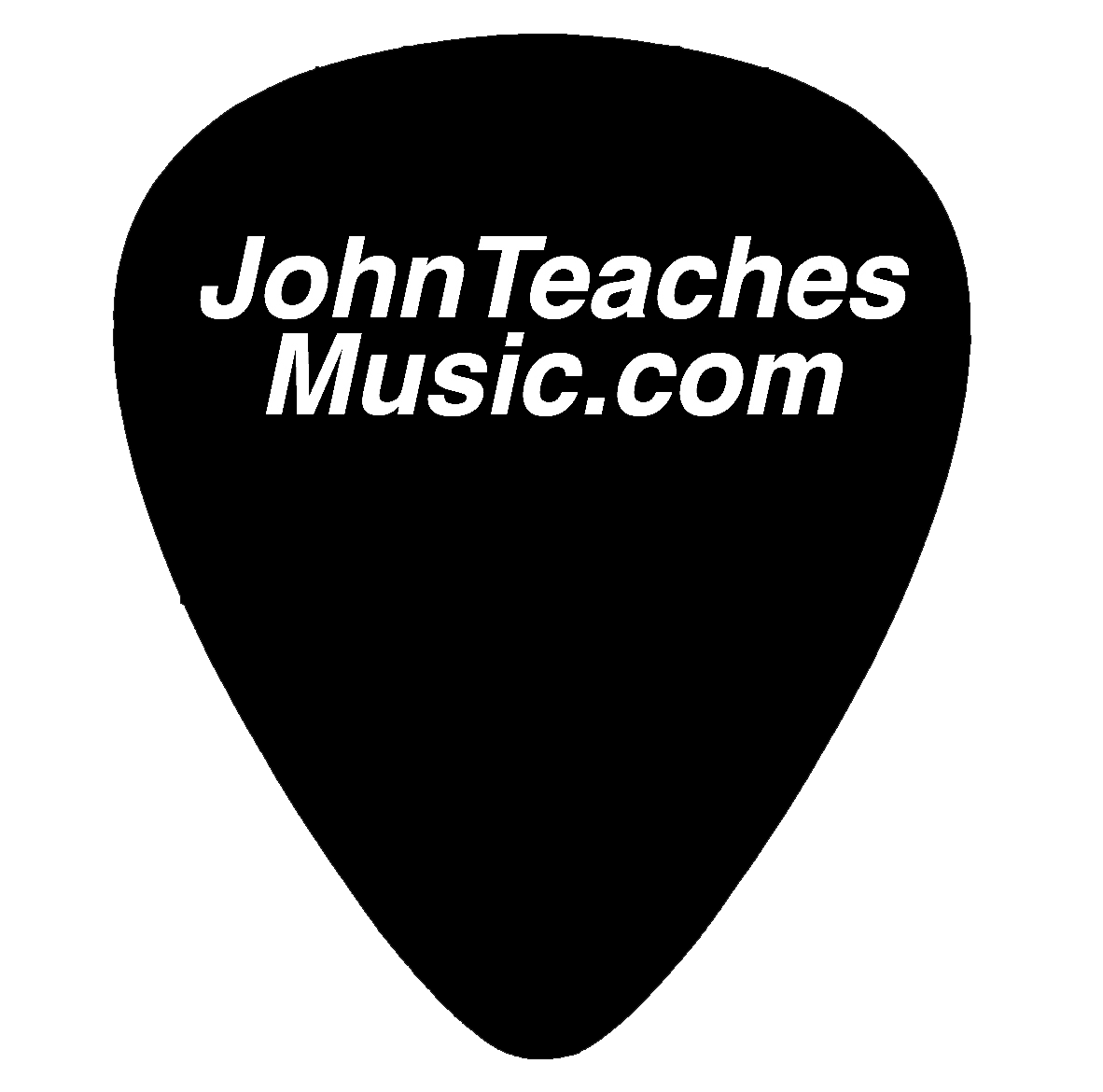6 Tips for Understanding a Chord Block Diagram
When someone is just learning guitar you’re going to come across a lot of “chord block” diagrams on line. Reading guitar chord blocks is essential for understanding and playing chords on the guitar, but it can be a little confusing at first.
Take a look at the artwork for this episode or check out the link to the show notes in the episode description.
The chord block is a map.
Here's a breakdown of how to read a typical guitar chord block:
1. Vertical Lines: These lines represent the guitar strings. The leftmost line is the 6th string (the thickest string), and the rightmost line is the 1st string (the thinnest string). Sometimes, the lines are labeled with the string numbers (6, 5, 4, 3, 2, 1) to avoid confusion. One of the tips I give my students is the 1 is the skinniest and smallest string, while 6 is the biggest number and the biggest string
2. Horizontal Lines: These lines represent the frets on the guitar. The top line is the nut of the guitar (the part where the strings cross over to the tuning machines.), and the lines below it represent each fret. Usually, only the first 4 or 5 frets are shown, but sometimes chord diagrams can extend higher up the fretboard.
3. Dots or Numbers: These are placed on the intersection of the strings and frets. They indicate where you should place your fingers to play the chord. Sometimes, there may be numbers instead of dots, which correspond to which finger you should use (e.g., 1 for index finger, 2 for middle finger, 3 for ring finger, 4 for pinky).
4. X: Sometimes, instead of a dot or number, you might see an "X" on a string. This means that you should not play that string when strumming the chord.
5. O: Occasionally, you might encounter a black circle on a string. This indicates that the string should be played open (without fretting it).
6. Barre Chords: In some chord diagrams, you might see a curved line extending over multiple strings, usually with a number indicating which fret to barre. This indicates that you need to use a barre technique, where you press down multiple strings with one finger across the indicated fret.
In this diagram, you would place your fingers as follows:
- Ring finger on the 3rd fret of the 5th string (A string).
- Middle finger on the 2nd fret of the 4th string (D string).
- Index finger on the 1st fret of the 2nd string (B string).
And you would strum all the strings except the 6th string (E string), which is indicated by the “X".
..and finally, if you’re left-handed, you’ll need to reverse the entire diagram!
..and finally, if you’re left-handed, you’ll need to reverse the entire diagram!
---
My website: www.JohnTeachesGuitar.com
Youtube - https://www.youtube.com/c/johnmcnicholas
Facebook - https://www.facebook.com/JohnTeachesGuitar/
Instagram - https://www.instagram.com/johnteachesguitar/
Threads - https://www.threads.net/@johnteachesguitar
Mastodon - https://mastodon.world/@johnmcnicholas

